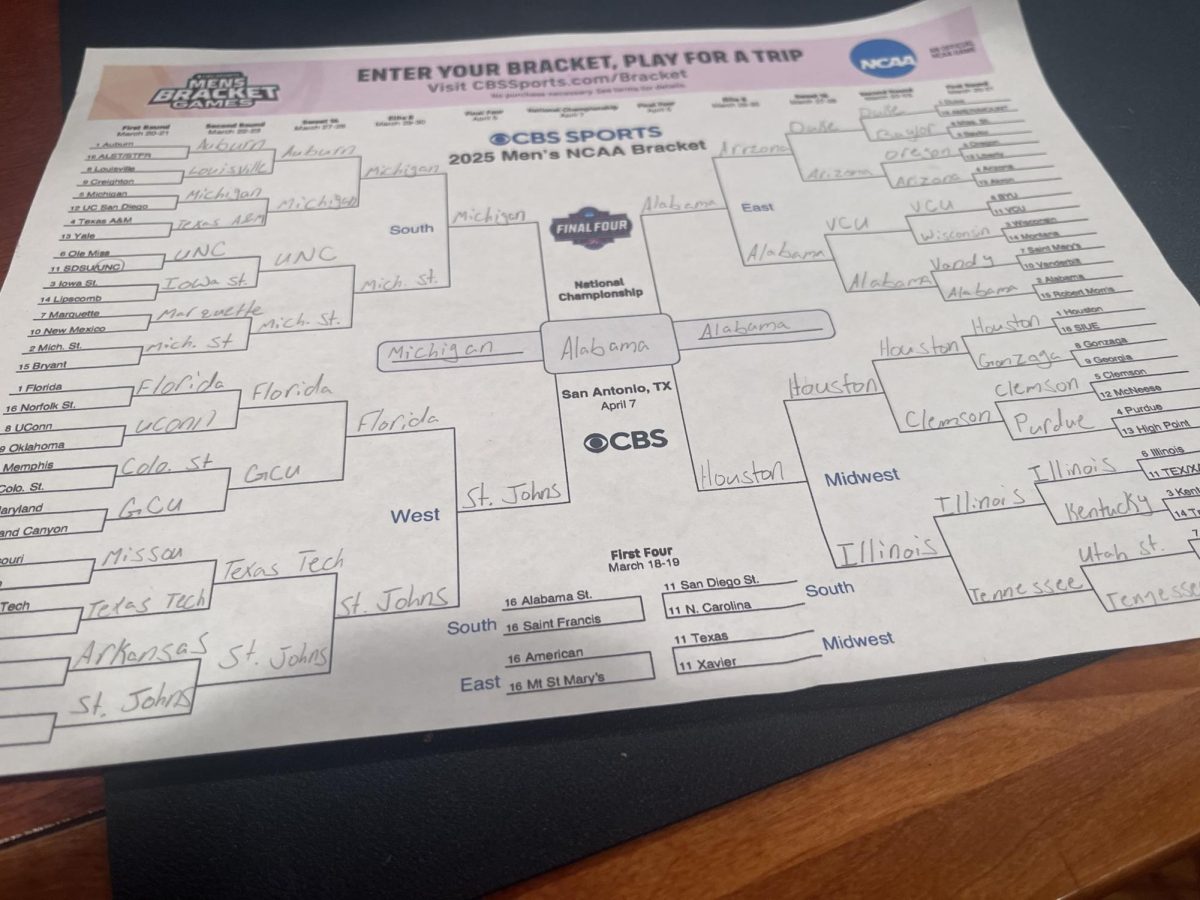Today, Sports Media is growing at a rapid rate. You can’t miss the abundant amount of photographers, videographers, and journalists on the sidelines of all major sporting events. But exactly how and why did this come to be?
With the rise and presence of broadcasting and media, sports media followed directly in their footsteps.
Dating back to the first broadcast in 1921, sports have been one of the main centers of mainstream media. The changes and advancements in technology in the last century have benefited the sports industry immensely. The different fields and forms of sports media have all seen tremendous growth.
Sports journalism and Media roots started in the 19th century when newspapers began to track and follow sporting events. During the early stages, the only form of communication and information was through print journalism. The rise of major newspaper companies in the 1800s provided the first real reports of sports. In the early 20th century sports sections became present in almost every newspaper.
This then led to the transition over into the broadcast scene. Sporting events being radio broadcasted changed the landscape forever. On April 11th, 1921 Westinghouse station KDKA in Pittsburgh aired a boxing match between Jhonny Ray. After this, baseball games began to be played on the radio including the 1921 World Series. The impact this made was unlike any other.
You did not have to wait till the next day or attend the game, you could listen to it in the comfort of your own home. This was the first major change and just the start. The first ever live sporting event to be played on television was May 17th, 1939 when Columbia took on Princtent in a baseball game. The NBC broadcast which was projected to over 400 people was a huge success, which they then turned into covering their first college football game. The first color broadcast was in 1951 when the Brooklyn Dodgers took on the Boston Braves.
These important events changed the sports world forever. When the color TV was introduced, it had a major impact on the sports world. Events like the 1960 Olympics held in Rome and the first Super Bowl in 1967 were televised.
From there, the sports media industry saw exponential growth, and ESPN saw its debut in 1979. This was the first of its kind, a network dedicated to sports. During this time, the growth of cable and satellite TV helped reach more fans than ever before. More networks started to dedicate entire channels to sports. Broadcasting became a huge sense of how people saw sports and listened.
In modern times, the rise of social media was another revolution for sports fans. Now, you can find any information you want at the click of a button. Reporters like Adrian Wojnarowski got famous for reporting breaking news like trades before anyone else, this helped Twitter and Instagram revolutionize sports.
Teams were able to market and platform their star players in a new light. Brands like House of Hilightilights were able to market to a specific audience and take off running with their new fans. Everyone wants to see the latest highlights right away. With this, Mixtapes and Sports Photography also took off. Players are now able to get their films and plays seen like never before.
Even at the BHS Crimson this change in sports media is evident. Sports editor Andrew Tropp ‘26 said “[The Crimson] has started to implement more podcast and video aspects to telling stories, oftentimes focused on sports”
Sports Media has come a long way since the original columns in the newspaper. Television taking off at similar times as sports became more popular will have forever changed the landscape of how we see sports.








